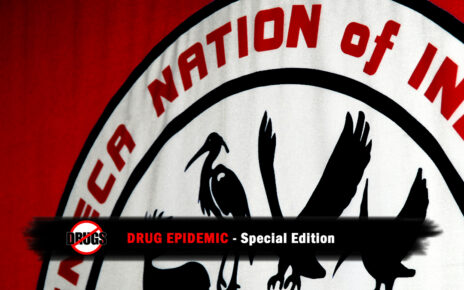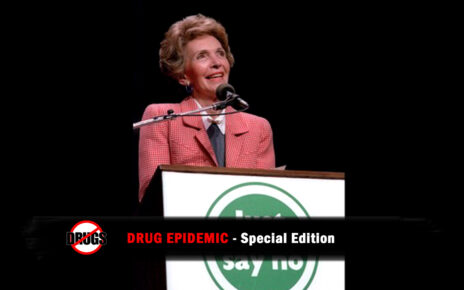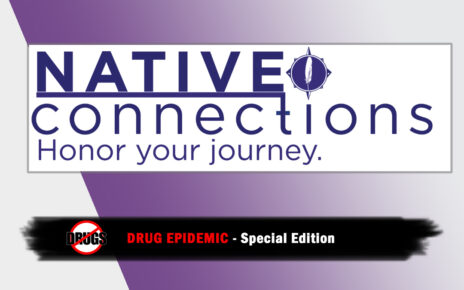Submitted by Rodney Haring
Indigenous communities demonstrate high rates of alcohol and substance abuse and suffer disproportionately from their effects on physical and emotional health (Legha & Novins, 2012). High rates of substance abuse have harmful consequences on both the individual and community, it is widely believed that few families remain unaffected, either directly or indirectly (Hawkins, Cummins, & Marlatt, 2009). In 2018 the national survey on drug use and health (NSDUH) indicted that Native American communities have the highest rate of alcohol, marijuana, cocaine, inhalant, and hallucinogen use disorders compared to any other ethnic groups.
Some facts to keep in mind:
• 10% of Native Americans have a substance use disorder
• 4% of Native Americans have an illicit drug use disorder
• 7.1% have an alcohol use disorder
• 25% report binge drinking monthly
Trauma is a substance abuse risk factor that affects Indigenous communities, for children, being exposed to multiple traumas increases the risk of substance use in their future (SAMSHA). Cumulative trauma resulting from genocide, colonial oppression, displacement, and forced assimilation are just a few challenges Native communities have had to overcome. Historical events and trauma continue to have a lasting impact on current generations. Research suggests that influences of youth substance abuse stem from peer relationships, which may be more important than family influences. Youth participation in positive friend groups are less likely to find themselves involved in deviant behaviors, whereas antisocial peer association’s pressures can serve as a risk factor (SAMSHA).
The fact that substance abuse use among Native American youth often begins at an early age has resulted in growing emphasis on prevention. Primary prevention programs aim to reduce the risk factors that contribute to substance abuse, mental health, violence, and cultural identity. Family dynamics and parent behavior play a role in determining a youth’s risk for substance abuse (SAMSHA). Family history of alcohol use and adult models of substance abuse can be a risk factor for youth. Some factors that lessen the risk of youth substance abuse include parental monitoring, supportive relationships with parents, strong parental disapproval of youth substance use, and parental encouragement.
The Native Connections Prevention Team offers programs that help boost these protective factors within the community. An example of this would be the Family Engagement Program, where they offer monthly events specifically geared towards activities that bring the family together. The Seneca Clubhouse is also a designated safe place where youth between the ages of 12-17 can gather with their peers and interact in recreational and educational activities with the support of the Prevention program, which in turn would lessen their risk of engaging in risky behavior. For more information on these events or the clubhouse, please contact a Prevention Specialist at 716-532-5583 or 716-945-9001.
References
Hawkins, E. H., Cummins, L. H., & Marlatt, G. A. (2009). Preventing substance abuse in American Indian and Alaska Native youth: Promising strategies for healthier communities. Addictive Behaviors: New Readings on Etiology, Prevention, and Treatment. 575-621.
Legha, R. K., & Novins, D. (2012). The role of culture in substance abuse treatment programs for American Indian and Alaska native communities. Psychiatric Services, 63(7), 686-692.
Native American Center for Excellence SAMSHA. (n.d.). Retrieved from https://www.samhsa.gov/sites/default/files/programs_campaigns/tribal_training/nace-environmental-scan-summary.pdf




